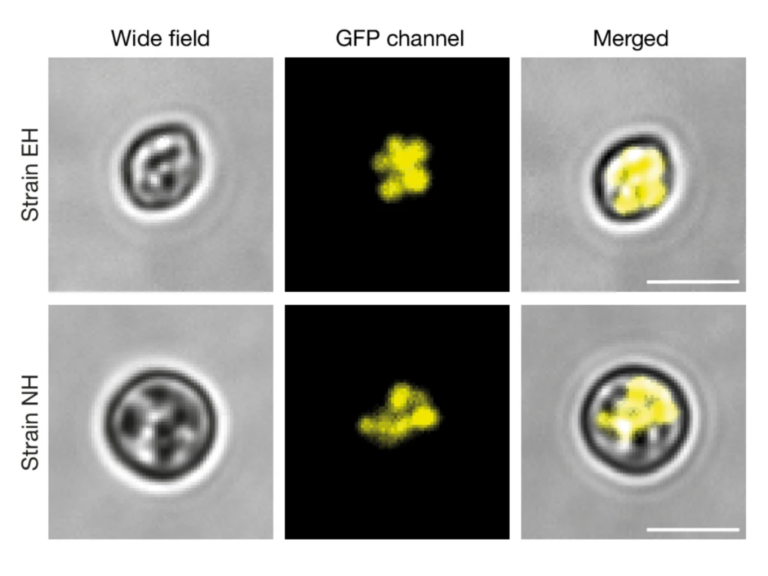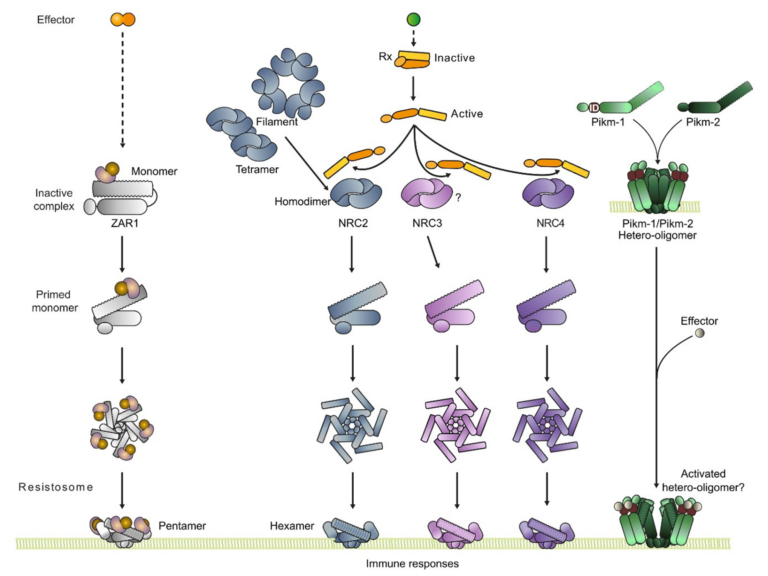Direct measurement of appressorium turgor using a molecular mechanosensor in the rice blast fungus Magnaporthe oryzae
Many plant pathogenic fungi forcibly enter their hosts to cause disease. The rice blast fungus Magnaporthe oryzae, for example, infects plants using a specialised infection cell called an appressorium, which generates enormous turgor to drive a rigid penetration peg through the rice leaf cuticle. While these vast internal pressures are a critical weapon in fungal host penetration, they have remained very challenging to probe directly during host invasion, leaving our understanding of these extreme cellular mechanics incomplete. Here, we combine Fluorescence Lifetime Imaging (FLIM) with a membrane-targeting molecular mechanoprobe to quantify changes in membrane tension as a direct proxy for appressorial turgor in M. oryzae. We report that mature melanin-pigmented M. oryzae appressoria display a heterogeneous low fluorescence lifetime and high membrane tension, consistent with enormous turgor. These extreme pressures lead to large-scale spatial heterogeneities in membrane mechanics, much greater than observed in any other cell type previously, highlighting the extreme mechanics of turgor-driven appressorium-mediated plant infection. By contrast, appressoria of non-pathogenic melanin-deficient mutants, alb1 and buf1, or immature non-melanised appressoria, exhibit high fluorescence lifetime, consistent with low membrane tension and turgor, that remain spatially homogeneous. To evaluate the method, we investigated turgor dynamics in a range of mutants impaired in appressorium function. We show that the turgor sensor kinase mutant ∆sln1, recently proposed to generate excess appressorium turgor, displayed a significantly higher membrane tension compared to an isogenic wild type M. oryzae strain. This non-invasive, live cell imaging technique allows direct quantification and visualization of the enormous turgor pressures deployed during pathogen infection.


